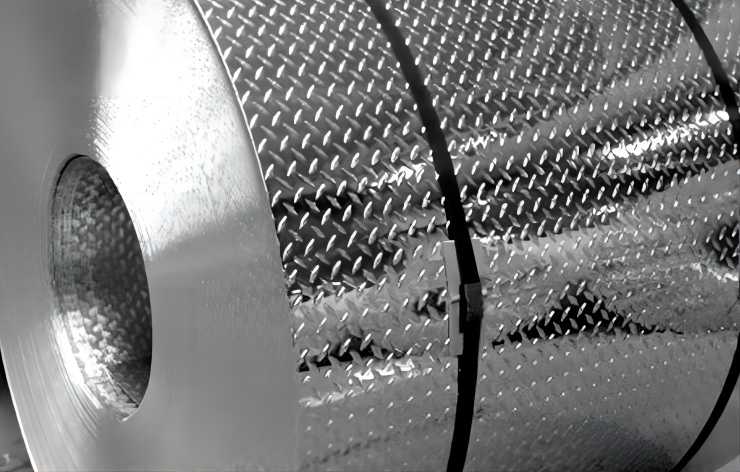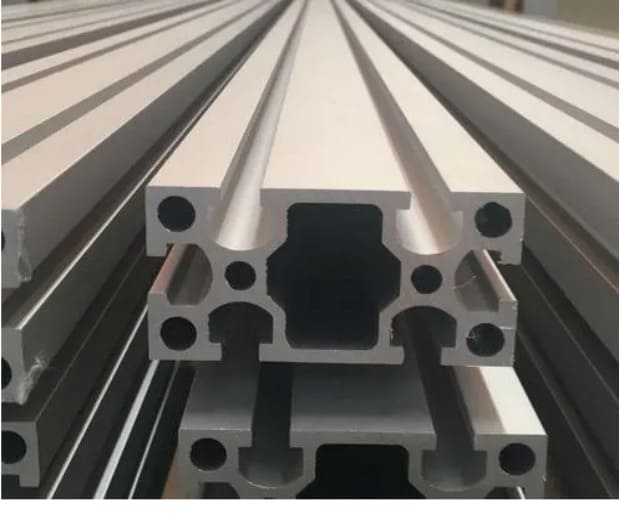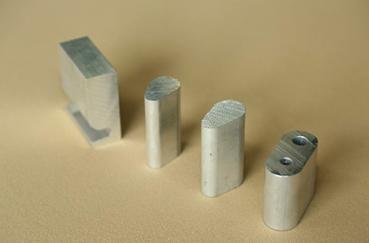Aluminum alloy is the largest amount of non-ferrous metals, the highest output of materials is the pillar industry of the national economy, widely used in aviation, transportation, building materials, machinery, packaging, and other industries, but also an essential national defense material. 2024 aluminum alloy Al-Cu-Mg series high toughness aluminum alloy, because of its high strength, good heat resistance, good formability, and damage resistance characteristics, has become the main structural materials in the aerospace industry. Therefore, it is of great practical significance to explore a new heat treatment process and improve the comprehensive properties of 2024 alloy.
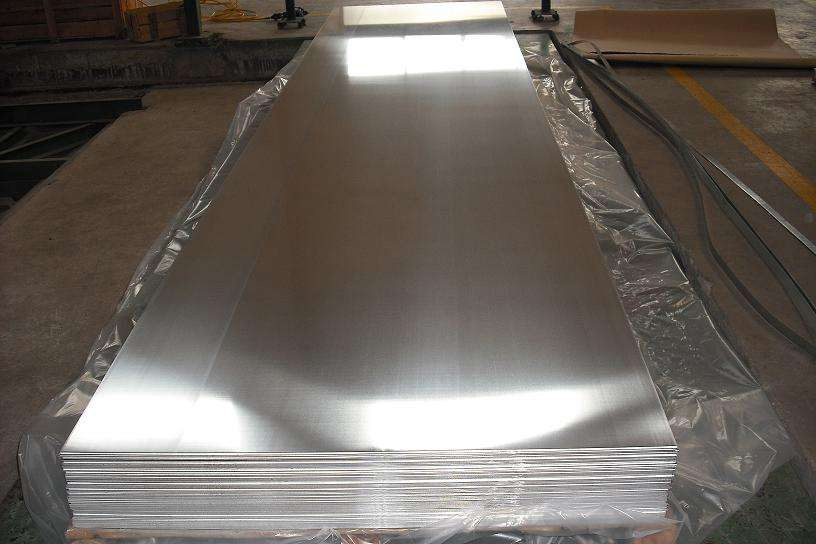
The Importance of Heat Treatment for Aluminum Alloys
Aluminum alloy material research and development is mainly on raising the material strength, plasticity and toughness, corrosion resistance and fatigue resistance, and so on comprehensive performance in order to develop. The performance of the alloy is determined by its organization, so we must study and master the deformation of aluminum alloy in various conditions of macroscopic and microscopic organization, the performance impact of these organizations and research organizations control technology, And the most important means of tissue control technology is heat treatment.
The Principle of Heat Treatment
The aging hardening of aluminum alloy is a very complex process, which not only depends on the composition and aging process of the alloy but also depends on the defects caused by the alloy in the production process, especially the number and distribution of vacancies and dislocations. It is generally believed that aging hardening results from solute atoms clustering to form a hardening zone.
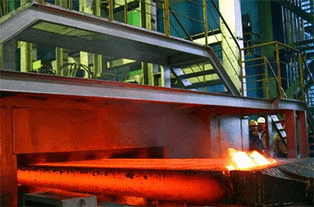
When the aluminum alloy is heated by quenching, vacancies are formed in the alloy. During quenching, due to the fast cooling, these vacancies are not removed, and they are “fixed” in the crystal. Most of these vacancies in supersaturated solid solutions are bound to solute atoms. Since the supersaturated solid solution is in an unstable state, it must transition to an equilibrium state, and the existence of vacancies accelerates the diffusion rate of solute atoms, thus accelerating the segregation of solute atoms.
The size and number of hardening zones depend on the quenching temperature and quenching cooling rate. The higher the quenching temperature is, the higher the vacancy concentration is, the more the number of hardened zone is, and the size of the hardened zone is reduced. The higher the cooling quenching rate is, the more vacancies are fixed in the solid solution, which is beneficial to increase the number of hardening zone and reduce the size of the hardening zone.
What are the effects on the properties of aluminum alloys treated at different temperatures?
- Environmental Settings for different temperature conditions
The holding time of solution treatment was 50min, and the solution temperature was 460, 480, 500, and 520℃, respectively. The furnace was installed at a temperature. After the solution was completed, water was quickly removed to cool. To study the effect of solution time on performance, the samples were placed in a heat treatment furnace at 500℃ for 30, 50, 70, and 90min, respectively. After the solution, the samples were quickly removed for water cooling. To study the effect of aging treatment on properties, the samples were first treated with the solution at 500℃×50min and then subjected to aging treatment at different temperatures for a long time, and the mechanical properties of the samples were tested at intervals. The aging temperatures were 130, 170, 180, 190, and 210℃, respectively. The heating furnace is adopted, and the cooling method is fast water cooling. It was taken out quickly every one h, and the hardness test was conducted by rapid water cooling. After that, it was quickly put back into the heat treatment furnace for aging treatment, with a total aging time of 15h.
- Conclusion of the experiment
The heat treatment process has a significant effect on the microstructure and properties of 2024 alloy. The higher the solution temperature is, the higher the concentration of alloy elements in the solution is, and the higher the concentration of supersaturated solid solution after quenching is, the higher the strength will be after aging. With the extension of the holding time, the hardness value of the alloy increases at first and then becomes gentle and decreases at 500℃ for 50min, the hardness value peaks. With the increase of aging temperature, the shorter the aging time to reach the peak, the faster the aging, 180℃ aging peak value is the highest, and the hardness reached by aging is the highest.
The Heat Treatment Service for Aluminum Supplier – CHAL
CHAL aluminum corporation is a fully integrated aluminium supplier that is able to provide all kinds of aluminum products and technical solutions. They have been delved into various kinds of aluminum alloy, which include heat-treating aluminum alloy. If you are looking for a reliable aluminum supplier, please do not hesitate to contact us.









